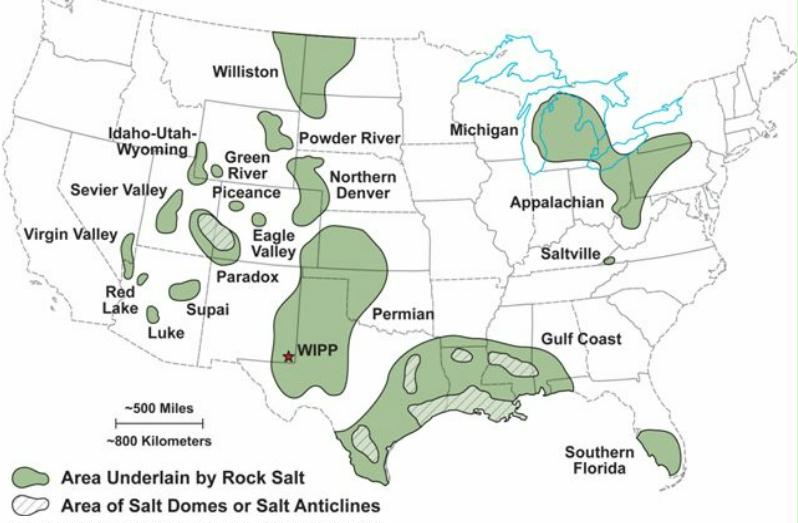Compressed air energy storage (CAES)

Preface. Besides pumped hydro storage (PHS), which provides 99% of energy storage today, CAES is the only other commercially proven energy storage technology that can provide large-scale (over 100 MW) energy storage. But there are just two CAES plants in the world because there are so few places to put them, as you can see in Figure 1 and Figure i.
CAES is the most sustainable energy storage with no environmental issues like what PHS poses, such as the flooding of land and the damming of rivers. And Barnhart (2013) rates the ESOI, or energy stored on energy invested, the best of all for CAES. Batteries need up to 100 times more energy to create than the energy they can store.
A more detailed and technical article on CAES with wonderful pictures can be found here: Kris De Decker. History and Future of the Compressed Air Economy.
Alice Friedemann www.energyskeptic.com author of “Life After Fossil Fuels – Back to Wood World”, 2021, Springer, “When Trucks Stop Running: Energy and the Future of Transportation”, 2015, Springer, Barriers to Making Algal Biofuels, and “Crunch! Whole Grain Artisan Chips and Crackers”. Podcasts: Collapse Chronicles, Derrick Jensen, Practical Prepping, KunstlerCast 253, KunstlerCast278, Peak Prosperity , XX2 report
***
How it works: Using off-peak electricity, compressed air is pumped into very large underground cavities at a depth of 1650–4250 feet (Hovorka 2009), and then drawn out to spin turbines at peak demand periods.
Uh-oh — it still needs fossil fuels. But a big drawback of CAES is that it still needs fossil fuels, since electric generators use natural gas to supplement the energy from the stored compressed air…
…click on the above link to read the rest of the article…